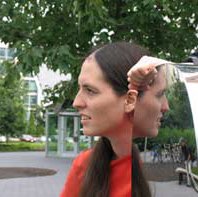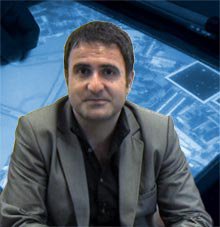Computer & electronics hardware
Shahram Izadi
An intuitive 3-D interface helps people manage layers of data <br>

Global
Andrew Houck
Preserving information for practical quantum computing

Global
Andrea Armani
Sensitive optical sensors detect single molecules

Global
Anat Levin
New cameras and algorithms capture the potential of digital images

Global
James Carey
Using “black silicon” to build inexpensive, super-sensitive light detectors <br>

